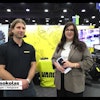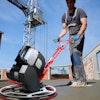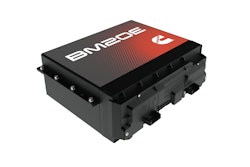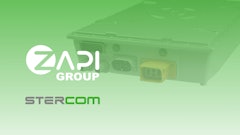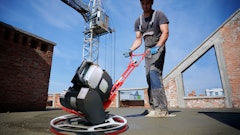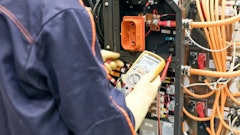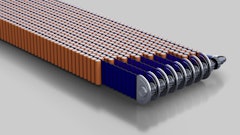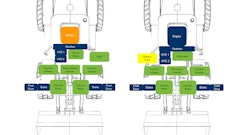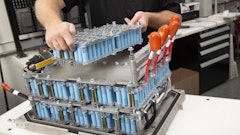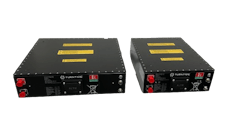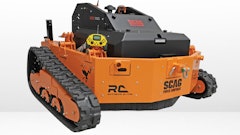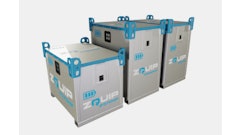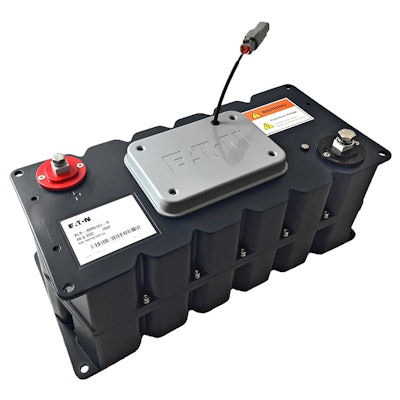
Power management company Eaton is showcasing its supercapacitor (or ultracapacitor) modules, which when paired with batteries can extend battery life in electrified (xEV) commercial vehicles and buses, at the 67th IAA Commercial Vehicles Show.
The reliable, high-power ultra-high capacitance energy storage device can be used on a variety of xEV commercial vehicle applications, ranging from small pickup and delivery vehicles to Class 8 trucks to optimize cost, lifetime and run time.
xEVs require auxiliary energy storage systems (ESS) to improve the performance of the system when the electrical load demand at the DC link is high for short periods of time. Loads also are high during times when fast regenerative braking produces high current. Batteries in xEVs can respond to these high-transient loads, but it drastically reduces battery life. Supercapacitors have a higher power density than batteries and have a longer lifetime with faster response times for highly efficient charging and discharging. 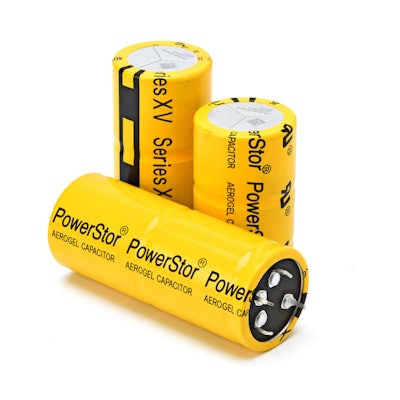
“Supercapacitor modules are gaining traction in electrified vehicles because they can extend the life of batteries, which are one of the higher priced components,” says Jeff Lowinger, President, eMobility, Eaton. “An Eaton supercapacitor module has greater power density than batteries along with faster response times for highly efficient charging and discharging. This reduces the high transient loads on the battery, improving life and allowing our customers to get the maximum amount of mileage out of the electrified vehicle.”
There are many benefits of energy storage hybridization where main energy storage systems like batteries or fuel cells are combined with a secondary energy storage system such as a supercapacitor. A hybrid ESS (HESS) module, a combination of high-energy density batteries and high-power density supercapacitors, can reduce the power demand on batteries and improve the pack’s life cycle.
Battery range and life are two critical performance parameters for managing the operating life of xEV commercial vehicles. While battery range can be estimated, battery life is difficult to accurately measure. Additionally, physical battery lifetime testing is both costly and time prohibitive due to the random nature of both the transient and peak current loads xEV commercial vehicles experience in typical operations.
Simulations, like Eaton has performed, can help OEMs reduce design cycle cost and timing and help predict battery life. Supercapacitors paired with batteries that are tied to DC-DC converters have been used in hybrid buses for a number of years. This has provided real application data and helped form familiarity of these high-efficiency systems.
Another application being explored is using Eaton supercapacitors for pure-electric buses, which would require having just supercapacitors alone, or paired with batteries. The buses would quickly recharge at designated locations like pick-up/drop-off stations while passengers are entering or exiting. Additionally, supercapacitors can be used both on vehicles and stations to reduce stress on the electric grid.
eMobility
The supercapacitor module is a part of Eaton’s eMobility portfolio of electrified vehicle components. eMobility was formed by combining products, expertise and global manufacturing capabilities from Eaton’s Electrical and Vehicle businesses, and focuses on three primary areas for both automotive and commercial vehicle customers: intelligent power electronics, power systems, and advanced power distribution and circuit protection.

